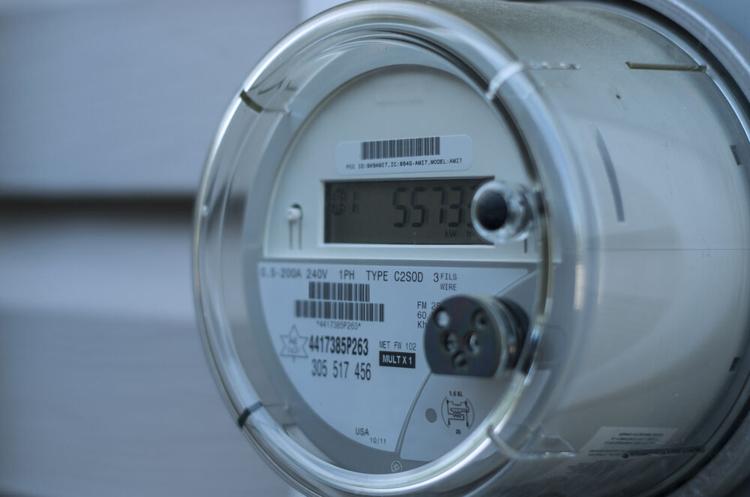Electricity Rate Increase on Tap for Most Pennsylvanians

(The Center Square) – The Pennsylvania Public Utility Commission (PUC) is warning residents and business of “sticker shock” from electric energy price increases of up to 50% scheduled for December.
The commission said most utilities will adjust prices Wednesday for electricity generation, and it is encouraging customers to compare prices between providers to find the best deal. The change involves a portion of the bill for “non-shopping customers” that averages 40% to 60% of the total utility cost, depending on usage.
The PUC regulates rates for distribution services – delivery of electricity to homes and businesses – but does not regulate prices for electric generation, known as the “price to compare.” In most places in Pennsylvania, consumers can shop for electricity suppliers, and the PUC is urging them to do so.
The PUC listed price changes reported by 10 distribution companies that ranged from a 3.8% decrease from Penelec to a 50.2& price hike from Pike County Light & Power.
The increases for residential customers include:
• Citizens’ Electric: Up from 6.9777 cents to 7.9476 cents per kWh (13.9%);
• Duquesne Light: Up from 7.41 cents to 7.98 cents per kWh (7.7%);
• Met-Ed: Up from 7.114 cents to 7.414 cents per kWh (4.2%);
• PECO: Up from 6.597 cents to 7.021 cents per kWh (6.4%);
• Penelec: Down from 6.761 cents to 6.507 cents per kWh (3.8%);
• Penn Power: Down from 7.657 cents to 7.593 cents per kWh (less than 1%);
• PPL: Up from 7.544 cents to 9.502 cents per kWh (26%);
• Pike County Light & Power: Up from 6.5234 cents to 9.796 cents per kWh (50.2%);
• Wellsboro Electric: Up from 7.2596 cents to 7.5051 cents per kWh (3.4%);
• West Penn Power: Up from 5.447 cents to 5.698 cents per kWh (4.6%).
Similar increases for businesses also scheduled for Wednesday and range from an increase of 36% in PPL territory to a 4% increase in territory covered by Duquesne Light.
“We have found that the Standard Offer can be a ‘win-win’ for the electric shopper and supplier alike,” Dutrieuille said. “The customer benefits with potential savings on electric generation over the course of a year, with no added fees and little or no risk, while the supplier gains a new customer now actively participating in the competitive retail market.”







